Scaling up your SaaS (Software as a Service) company is an exciting journey. Still, it comes with its set of challenges, especially when it comes to customer onboarding and retention. Therefore, ensuring a seamless onboarding process and retaining customers becomes increasingly vital as you grow. Hence, this blog post will explore critical strategies and actionable steps to refine customer onboarding and boost retention while keeping customers engaged and satisfied.
Guide to Implementation:
1. Refine Customer Onboarding:
- Analyze and Improve: Start by critically assessing your current onboarding process. For example, identify bottlenecks or areas where users might drop off during onboarding.
- Streamlined Journey: Develop a simplified onboarding journey that swiftly communicates your SaaS product’s value proposition. Additionally, ensure users understand the benefits and core features right from the start.
For Example: Consider a project management SaaS where you might refine onboarding by creating a step-by-step guide showing users how to create and manage projects efficiently.
Tools: Use analytics tools like Mixpanel or Amplitude to identify onboarding issues and optimize the process.
2. User Training Resources:
- Comprehensive Resources: Create comprehensive user guides, video tutorials, and FAQs that empower new users to navigate your SaaS product independently.
- In-App Assistance: Implement in-app tooltips and interactive guides to assist users in real time as they explore your software.
For Example: A graphic design SaaS could provide users with a library of video tutorials covering various design techniques and tools.
Tools: Tools like WalkMe or Pendo allow you to create in-app guidance and interactive tutorials.
3. Personalized Onboarding:
- Tailored Experience: Customize the onboarding experience based on user preferences and goals. For instance, consider creating different onboarding paths for different user segments.
- Data-Driven Insights: Use data from user interactions to offer personalized recommendations and suggest next steps that align with individual needs.
For Example: A CRM SaaS might offer different onboarding paths for sales and customer support teams, focusing on their unique needs.
Tools: Utilize customer data platforms (CDPs) like Segment or customer journey mapping tools like UXPressia for personalization.
4. Customer Success Team Scaling:
- Hiring and Training: As user inquiries increase, invest in hiring and training customer success representatives who can effectively engage with users.
- Relationship Building: Focus on building strong relationships with users. In addition, address their concerns promptly and provide solutions to ensure satisfaction.
For Example: An email marketing SaaS may have a dedicated customer success team to help users optimize email campaigns and troubleshoot issues.
Tools: Customer relationship management (CRM) software like Salesforce or HubSpot can help manage and track customer interactions.
5. Usage Analytics and Insights:
- Implement Analytics Tools: Utilize analytics tools to track user engagement and feature usage. Furthermore, identify patterns and areas where users might face difficulties.
- Continuous Improvement: Use insights from analytics to improve the user experience, enhance features, and address pain points effectively.
For Example: An e-commerce platform SaaS might use analytics to track the most frequently used features and optimize those for a better user experience.
Tools: Google Analytics, Mixpanel, or Heap Analytics can help you gather valuable insights into user behavior.
6. Feedback Loop and Iteration:
- Gather User Feedback: Establish a feedback loop through surveys, feedback forms, and support interactions. Also, encourage users to share their thoughts and suggestions.
- Iterate and Enhance: Use user feedback as a catalyst for continuous improvement. Additionally, make necessary adjustments to your SaaS product to enhance its value proposition.
For Example: An HR management SaaS could regularly solicit feedback from HR professionals to ensure the platform meets their evolving needs.
Tools like SurveyMonkey or Typeform are excellent for creating user feedback surveys.
Conclusion:
Scaling up your SaaS company involves more than just acquiring new customers; it’s about retaining and engaging existing ones. Therefore, by refining your customer onboarding process, providing robust user training resources, personalizing the experience, scaling your customer success team, leveraging usage analytics, and embracing a feedback-driven approach, you can not only accommodate growth but thrive in the competitive SaaS landscape. So, remember, customer onboarding and retention are continuous processes that require constant attention and adaptation to ensure your customers stay happy and loyal.

